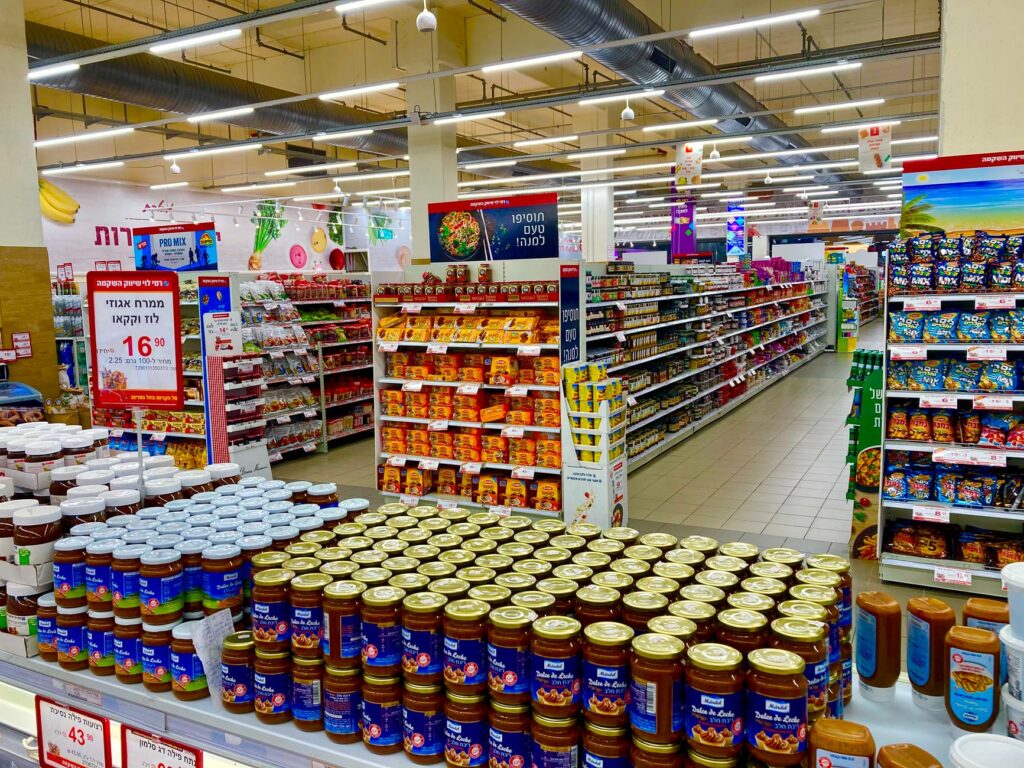The habit of food storage is very beneficial ranging from financial savings to less wastage throughout the year. Storing food has been in the culture for more than thousands of years. Can you imagine in the tombs of Egypt wheat found stored in vessels was edible even after 4000 years? If you are a restaurant owner and need the help of a restaurant consultants to design your commercial kitchen and storage to increase food shelf life, HPG can help you. It’s interesting to know that food is stored by almost every human society and animal. Let’s understand the factors affecting the food shelf life:
Raw Materials: If a product contains any raw material without being processed the life of the final product should be the same as the life declared for the raw material. If a raw material is processed by being cooked or if the requirements change (e.g., chilled raw material but frozen final product), the life declared to the final product must be reevaluated.

Product Description: Ingredients added to ensure food safety such as pH, preservative, water, salt, etc. may be specific to that ingredient and may differ if added in different quantities, or may not affect at all in similar ingredients. So, while using in a recipe, their reactions may be totally different when interacting with other ingredients. The number of ingredients used in the recipe may also affect parameters, which in turn can influence customer approval and the food shelf life.
Packaging: Different packaging materials may react differently in contact with food and it’s an important factor to consider that there can be migration of chemicals from packaging materials over time. ‘Active’ packaging materials in the form of sachets or altered packaging materials may be used to extend the life of dry ingredients. Vacuum packaging can extend product life by removing all air from a package and then sealing the package. The removal of the air is the key factor for the preservation of these products.
Temperature: The temperature can greatly affect the length of time that food products remain safe and suitable for consumption. Selection of the most appropriate temperature regimes and applying them consistently is extremely important. If food is exported, understand that your product cannot be stored under the same conditions as in your own country. The business-to-consumer supply chain should investigate the export process.

Moisture: It is recommended to remove moisture while storing foods. Only 10% or less moisture content is allowed for long-term storage.
Oxygen: Removing oxygen prevents the oxidation of compounds in foods. Displacing oxygen – Clear out air from the product with an inert gas (nitrogen). Dry ice is often used to displace oxygen.
Oxygen absorber – If the oxygen is absorbed, what remains is 99% pure nitrogen as the air contains 78% nitrogen.
Hygiene: Product design and assessment in isolation do not provide enough information to enable the setting of shelf-life in relation to food safety.
There are a few things to consider:
Building Design: The environment used for storing and handling both foods and food contact packaging ranges from a high-risk environment where prevention of contamination from microorganisms and low-risk area where the focus is on reducing the growth of microorganisms.
Process Design: It’s impossible for bacterial absence from anything other than in highly specialized food production areas and so it is important to build up a clear picture of where bacteria exist, how quickly they multiply, and how they contaminate the food.
Equipment Design: The harder any equipment is to clean and the longer it takes to clean, the fewer chances for it to be cleaned properly. The frequency of use of any equipment and methods used to prevent recontamination of equipment should be understood before deciding to bring in the equipment to increase food shelf life.

Expected Usage After Opening: Different foods behave differently after the packet has been opened. Like an open packet of chips lasts for 2-3 days while ice cream needs to be consumed immediately.
Light: Light can degrade the quality of foods. So it is always better to store food in dark areas.
All the above factors have a direct impact on the food shelf life. If you need any advice from food service consultants, you can contact our team at HPG.